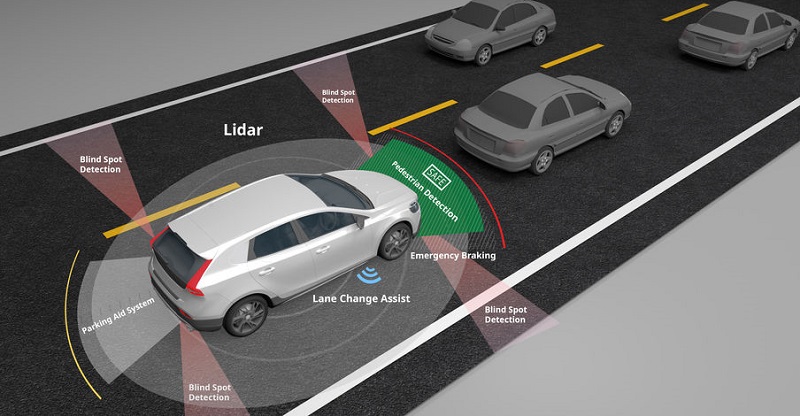According to a study for the Society of Risk Analysis, the general public said they would not accept the newest technology unless it were shown to be four-to-five times safer than a human-controlled vehicle.
How Manufacturers and Rideshare Companies Are Putting Theory Into Practice
When you hear the term “autonomous vehicle” or “self-driving car,” most people think 21st-century technology. But some 80 years ago at the 1939 World’s Fair in New York, there was an exhibit by General Motors (GM) called Futurama which gave visitors a first-hand look at the vehicle manufacturer’s vision for the future. Even in 1939, GM was already thinking about some form of a self-driving car, though its idea involved electric cars powered by radio waves that were embedded in road surfaces. Today, the concept of self-driving cars is further along than ever before; according to some insiders, the prediction is that 2019 will be the breakout year for some forms of the autonomous vehicle.
Autonomous Tech and Ride Sharing Go Hand in Hand
Tens of millions of people use some form of ridesharing each year; both Uber and Lyft publicize a million riders a day. If you are among the millions and are fascinated with autonomous driving, 2019 looks like it’s going to be a good year for you. Automakers are investing more now than ever to get self-driving vehicles on the road. Whether it’s Alphabet’s Waymo, which is noted as the leader in this technology, GM, or Volkswagen, those following this industry say this upcoming year is pivotal when it comes to autonomous vehicles. The current focus, however, is not so much on the individual car owners, but rather, on those who operate ridesharing vehicles, such as Uber and Lyft, and those planning to break into the market such as GM and Alphabet.
GM is currently testing its prototype self-driving car that comes without a steering wheel or pedals. There’s also a number of cars on the road that have semi-autonomous capabilities, so if you have a few dollars to spend on a new vehicle, you can buy one of these. Regardless of your thoughts about self-driving cars, safety remains the top concern. In order to verify safety, automakers must go through rigorous testing. These tests not only have to satisfy federal autonomous technology laws, but the technology must also be accepted by individual drivers if autonomous cars are going to be sold to the general public in mass.
Public Still Unsure About Safety of Self-Driving Tech
Researchers conducting a study for the Society of Risk Analysis were tasked with finding out what the general public would consider an acceptable risk when it came to self-driving cars. According to the research, those questioned said they would not accept the newest technology unless it was shown to be four-to-five times safer than a human-controlled vehicle. Even though government data shows that upward of 94 percent of all auto accidents are due to driver error, some people are still apprehensive about autonomous driving.
Autonomous Testing Permitted on State-by-State Basis
Safety does come first, and that’s why states are individually controlling what is tested within their borders. Arizona, California, Michigan, and Ohio are leading the way with testing while other states are not pursuing this technology at all. When it comes to Colorado, the state is highlighted as one the leaders in driverless technology, not only for small vehicles but long-haul trucks.
Testing will continue to advance and various automakers are predicting that fully-autonomous cars for the general public will be on the market soon. Until then, for those who use ridesharing services, you may get a taste of completely autonomous cars after the start of the New Year.

